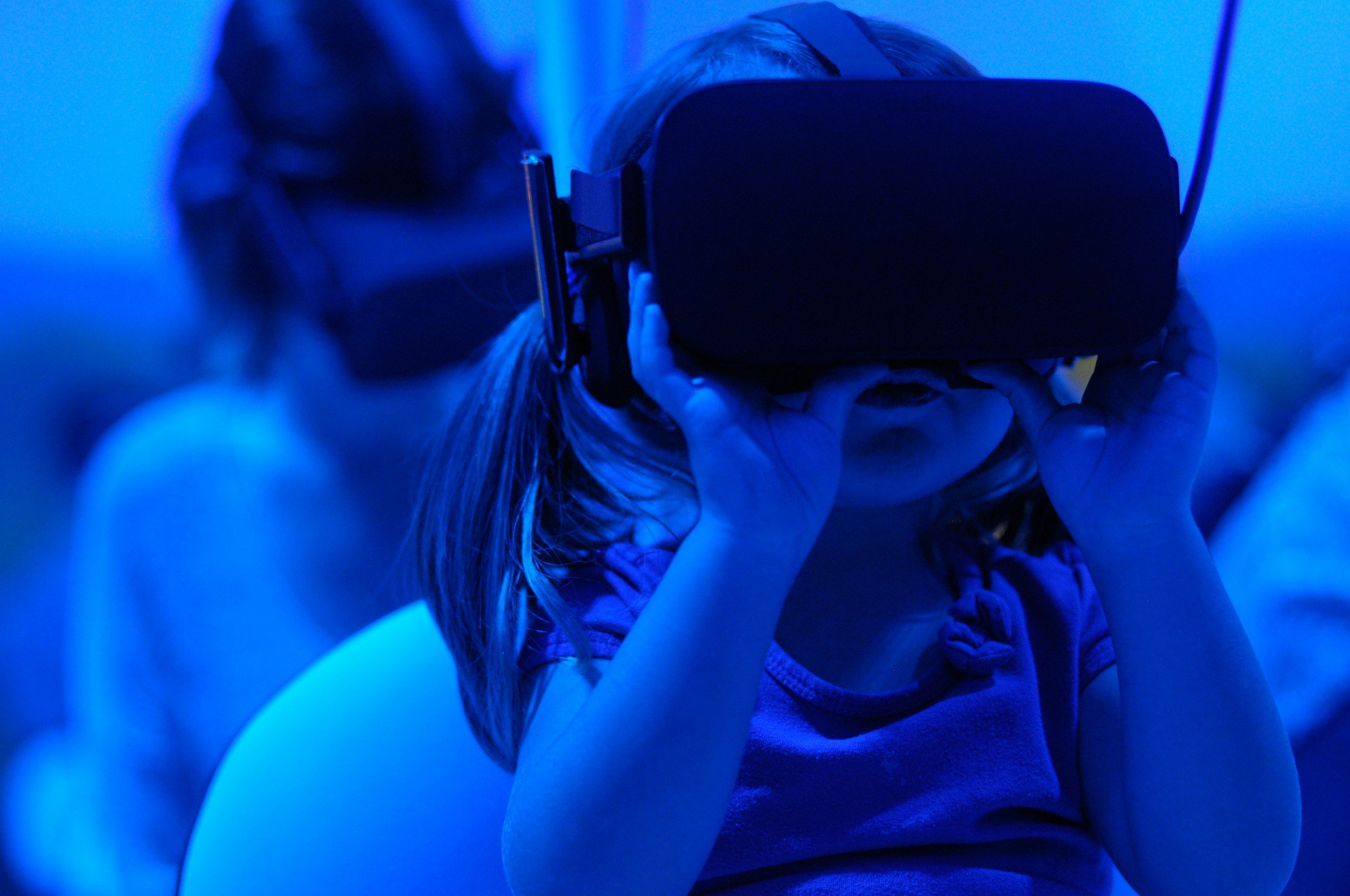The Role of Virtual Influencers in Shaping the Future of Social Media Marketing
1. What Are Virtual Influencers?
Virtual influencers are computer-generated characters who operate just like human influencers. These digital personalities are designed to look, act, and engage in ways that make them seem real. From fashion brands to tech companies, virtual influencers are becoming increasingly popular, blurring the line between reality and fiction. While they may lack a heartbeat, their influence on social media is very real, attracting millions of followers and driving brand engagement.
2. The Rise of Virtual Influencers
The concept of virtual influencers started gaining traction with characters like Lil Miquela, who now boasts millions of Instagram followers. As these digital personas gained popularity, brands quickly saw the potential to use them as marketing tools. These influencers never age, don’t have personal scandals, and can be tailored to fit any brand’s narrative perfectly. As a result, virtual influencers are becoming a significant force in the world of social media marketing, shaping the future of digital campaigns.
3. How Brands Are Leveraging Virtual Influencers
Brands are beginning to use virtual influencers as part of their social media strategies to appeal to younger, tech-savvy audiences. They can collaborate with these digital personalities for product placements, sponsored posts, and even brand ambassadorships. At Multipost Digital, our software can help you post, schedule, and manage your content collaborations seamlessly, whether they involve virtual influencers or human ones. From checking music copyright to providing detailed analytics, we make social media marketing easier for brands.
4. Virtual Influencers vs. Human Influencers
One of the key advantages of virtual influencers is that they are entirely controlled by brands or agencies, which eliminates the unpredictability that comes with human influencers. They don’t have bad days, don’t make controversial remarks, and can be created to fit an ideal aesthetic. However, human influencers offer a level of relatability and authenticity that virtual influencers can’t fully replicate. The future of social media marketing may see a balance of both, depending on the goals of the campaign.
5. The Appeal of Virtual Influencers
Virtual influencers appeal to brands because they can be molded to perfection. They’re on time for every event, don’t have off-days, and can be altered based on audience feedback. Brands also have full creative control, allowing them to perfectly align these characters with the company’s values and messaging. Furthermore, virtual influencers are trendsetters in the digital space, allowing brands to experiment with cutting-edge technologies like AI and virtual reality.
6. Multipost Digital: Crafting the Perfect Social Media Strategy
As the use of virtual influencers grows, brands need a robust strategy to capitalize on their potential. Multipost Digital provides full social media management, including results-driven strategies to go viral, curating content, crossposting, and more. With over 600k+ followers and 100Ms views, we ensure your brand taps into the latest trends—whether it’s collaborating with virtual influencers or creating captivating content for real audiences.
7. The Future of Virtual Influencers
The future of virtual influencers is incredibly bright. With advancements in artificial intelligence, these influencers will become even more interactive and life-like, possibly evolving to engage with audiences on a deeper level. They might even be able to hold conversations, respond to questions in real-time, and react based on sentiment analysis. As these technologies continue to improve, virtual influencers will likely become an even more integral part of social media marketing.
8. Ethical Considerations
While virtual influencers offer many benefits, they also raise some ethical questions. How transparent should brands be about their use of digital personas? Should there be a disclosure when a character is not a real person? And how do virtual influencers impact the perception of beauty and reality online? As the lines between the digital and real worlds blur, brands will need to consider these ethical concerns when planning campaigns involving virtual influencers.
9. Virtual Influencers and Consumer Trust
Although virtual influencers can be meticulously controlled, the question of trust remains. Some consumers may feel more connected to human influencers who can share real-life experiences, while others are intrigued by the novelty and creativity behind digital personas. For brands, finding the right balance between leveraging the innovation of virtual influencers and maintaining consumer trust will be key to their long-term success.
10. Embracing Innovation in Social Media Marketing
Virtual influencers are part of a larger movement toward the digitalization of social media marketing. Brands that embrace innovation and are willing to experiment with new trends, like AI-driven content and virtual influencers, will be better positioned for success in the future. Want to stay ahead in the ever-evolving world of social media marketing? Follow Multipost Digital on social media to stay updated on the latest strategies, tips, and tools for building your brand’s online presence.


